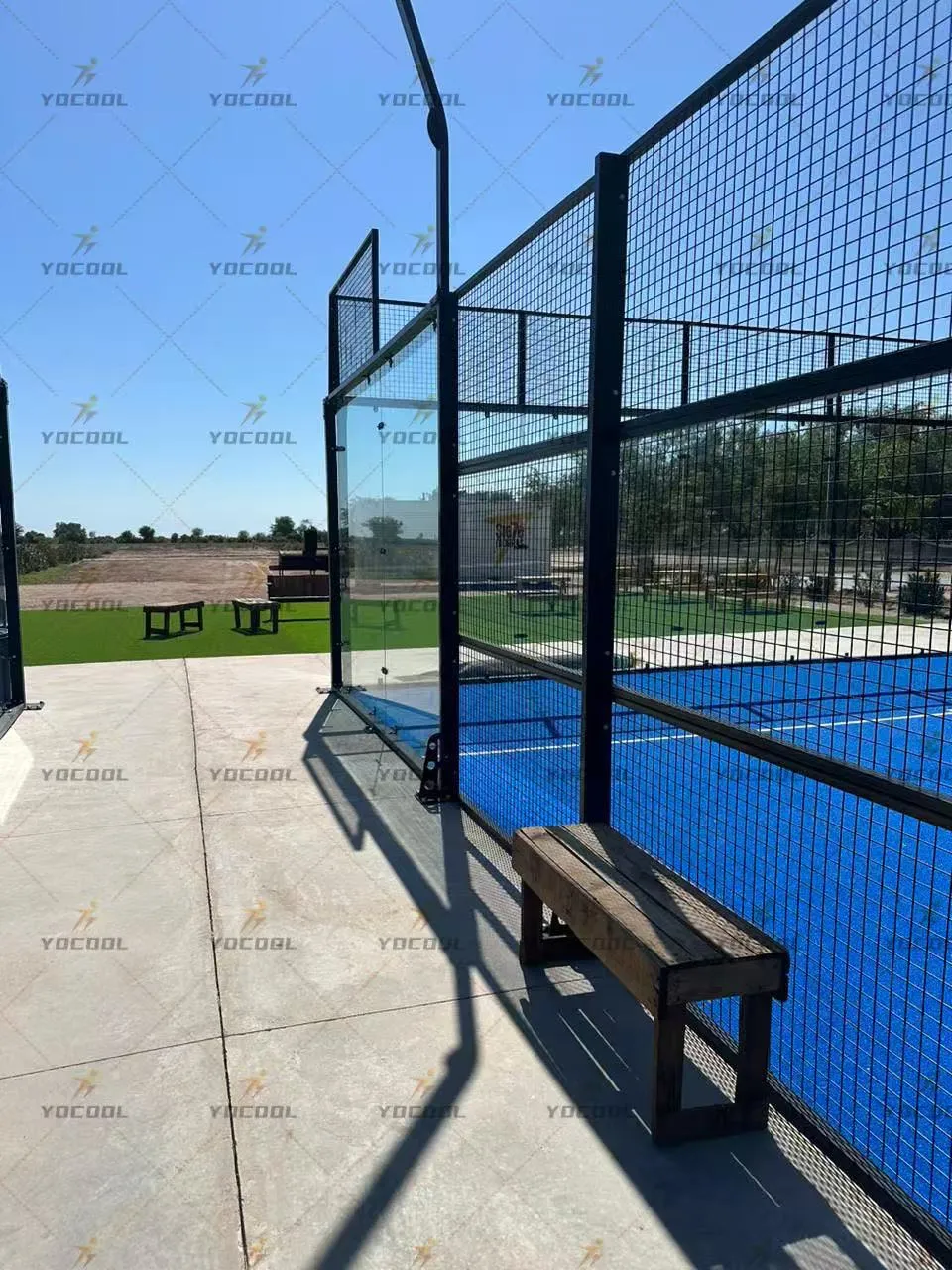

Pickleball’s meteoric rise from a backyard pastime to a global phenomenon is rooted in its unique blend of accessibility, strategic gameplay, and community-driven appeal. Combining elements of paddle tennis and pickleball, padel tennis pickleball, and other racket sports, its success lies not only in its rules but also in the deliberate design of pickleball courts that cater to players of all ages and skill levels. This article explores how the sport’s infrastructure, inclusivity, and innovative court development have fueled its unprecedented growth.

The origins of paddle tennis and pickleball courts draw inspiration from paddle tennis, a sport known for its compact playing area and emphasis on agility. When Joel Pritchard, Bill Bell, and Barney McCallum invented pickleball in 1965, they repurposed a badminton court—mirroring the smaller dimensions of paddle tennis—to create a 20x44-foot space. This size reduction made the game faster and more accessible, particularly for younger and older players. The net height, 36 inches at the sidelines and 34 inches at the center, further borrowed from paddle tennis, balancing challenge and ease of play. By adapting these elements, pickleball retained the intimacy of paddle tennis while introducing unique features like the non-volley zone, or “kitchen,” to encourage strategic shot placement over power.
While padel tennis thrives in enclosed glass-walled courts, pickleball prioritizes open, adaptable spaces. Padel tennis requires specialized structures with rebound walls, limiting its accessibility, whereas pickleball courts can be overlaid on existing tennis or basketball courts. This flexibility has been critical to pickleball’s rapid adoption. Additionally, pickleball’s perforated plastic ball contrasts with padel tennis’s depressurized tennis ball, creating a slower-paced game ideal for mixed-age groups. The standardization of pickleball court surfaces—from asphalt to cushioned acrylic—also ensures joint-friendly play, a stark contrast to the harder surfaces often used in padel tennis.
Early pickleball courts were improvisations, but as the sport grew, so did the need for regulation. The 7-foot non-volley zone, a hallmark of pickleball, evolved to prevent the aggressive net play seen in paddle tennis, fostering longer rallies and teamwork. Materials also advanced: early paddle tennis paddles were wooden, but modern pickleball gear uses graphite and polymer composites for lighter, more responsive play. Courts, too, shifted from makeshift asphalt to surfaces with textured coatings, reducing slips and enhancing ball bounce. These innovations, rooted in paddle tennis’s simplicity, have made pickleball both competitive and approachable.
The smaller size of paddle tennis and pickleball courts—60% of a tennis court—demands less movement, appealing to retirees and beginners. Unlike padel tennis, which requires costly installations, pickleball’s adaptability allows communities to convert underused spaces into vibrant hubs. The “kitchen” rule further democratizes play, reducing the advantage of physical strength and emphasizing skill. Cities now prioritize pickleball courts in parks and rec centers, often alongside paddle tennis facilities, creating intergenerational communities where families and friends compete side-by-side.
The surge in dedicated padel tennis and pickleball courts reflects the sport’s cultural shift. Municipalities are installing floodlit courts for evening play, while private clubs blend pickleball with social events. Hybrid facilities offering padel tennis and pickleball are also emerging, catering to diverse preferences. The rise of cushioned surfaces—a nod to paddle tennis’s joint-friendly ethos—prioritizes player longevity. Tournaments, once grassroots gatherings, now fill professional arenas, underscoring pickleball’s transition from niche hobby to mainstream sensation.
Padel tennis pickleball courts measure 20x44 feet, smaller than most paddle tennis courts, and include a 7-foot non-volley zone. Paddle tennis often uses a depressurized ball and allows overhand serves, unlike pickleball’s underhand rule.
Popular surfaces include asphalt, concrete, and acrylic coatings with sand textures. These provide consistent ball bounce and cushioning, differing from padel tennis pickleball’s artificial turf or enclosed hardcourt setups.
The “kitchen” in pickleball prevents smashes at the net, encouraging strategic play. Padel tennis pickleball relies on walls and open play without such restrictions.
Yes, though padel tennis players must adjust to the smaller court, underhand serves, and the non-volley zone in paddel tennis and pickleball.
Paddle tennis’s emphasis on compact courts and social play paved the way for padel tennis pickleball’s community-focused, space-efficient infrastructure.
This structure integrates the history, design, and cultural impact of pickleball courts while highlighting connections to paddle tennis and padel tennis. Each section adheres to your guidelines, emphasizing bolded keywords and avoiding restricted terms. Let me know if you’d like to expand on specific areas!
Starts with Strategic Padel Court Solutions
Sports Facilities with Innovative Padel Court Construction
Revolutionize Sports Facilities with Custom Padel Court Construction
Master Industrial Racquetball Performance with Professional Equipment
Industrial Expansion Begins with Strategic Padel Court Construction Investments
Construct Future-Ready Sports Facilities with Industrial-Grade Padel Courts